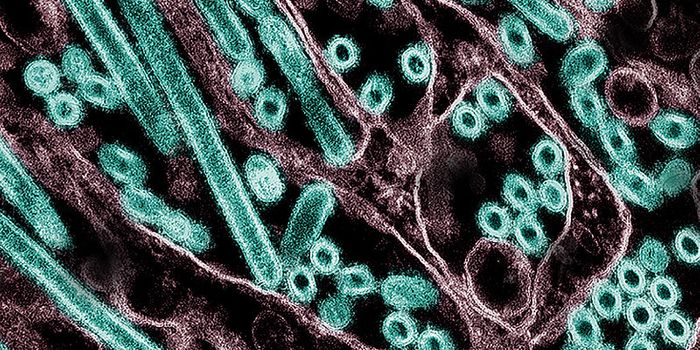Snake venom toxin leads to potential breakthrough in creating a universal antivenom
Snake venoms are complex cocktails of proteins and peptides, each designed by nature to incapacitate prey or deter predators. Among the many toxins in snake venom, L-type (3FTx-L) toxins stand out as particularly challenging due to their potent neurotoxic effects. A recent groundbreaking study published in Science Translational Medicine has shed light on a revolutionary approach to combat the deadly consequences of snakebites by developing a broadly neutralizing antibody, 95Mat5. This antibody, discovered through meticulous screening and characterized for its remarkable efficacy, represents a significant stride in creating a universal antivenom.
The study's inception involved the exploration of a synthetic antibody library with over 60 billion unique antibodies. The goal was to identify antibodies capable of targeting the variable 3FTx-L toxins. The lead antibody, 95Mat5, emerged from this exhaustive screening process, demonstrating a high affinity for various 3FTx-L variants.
The binding mode of 95Mat5 closely resembled the interaction between the nicotinic acetylcholine receptor (nAChR) and 3FTx-L, resembling the antibody's broad recognition of 3FTx-L variants. One of the remarkable features of 95Mat5 is its cross-reactivity across diverse 3FTx-L variants.
The antibody recognized specific residues on the toxin, mirroring the interaction of nAChR with 3FTx-L. This similarity of the antibody’s receptor binding site suggests the development of antibodies that can effectively neutralize a broad spectrum of venom toxins.
95Mat5 demonstrated its protective potential in mice against lethal challenges by venom from medically relevant snake species, including monocellate cobra, black mamba, and king cobra. The results indicate the antibody's ability to neutralize purified toxins and its effectiveness against the complex mixtures present in whole venoms. While the study acknowledged the complexity of snake venoms, it highlighted 95Mat5's potential as a foundational element in developing a universal antivenom.
Senior researcher Joseph Jardin in a quote to Eureka mentioned “This could be incredibly valuable for people in low- and middle-income countries that have the largest burden of deaths and injuries from snakebites.” The discovery and optimization of 95Mat5 represent a significant leap forward in the quest for a universal antivenom. By targeting the challenging 3FTx-L toxins, this antibody showcases the potential of synthetic libraries and advanced screening techniques in developing highly specific and effective therapeutics.








